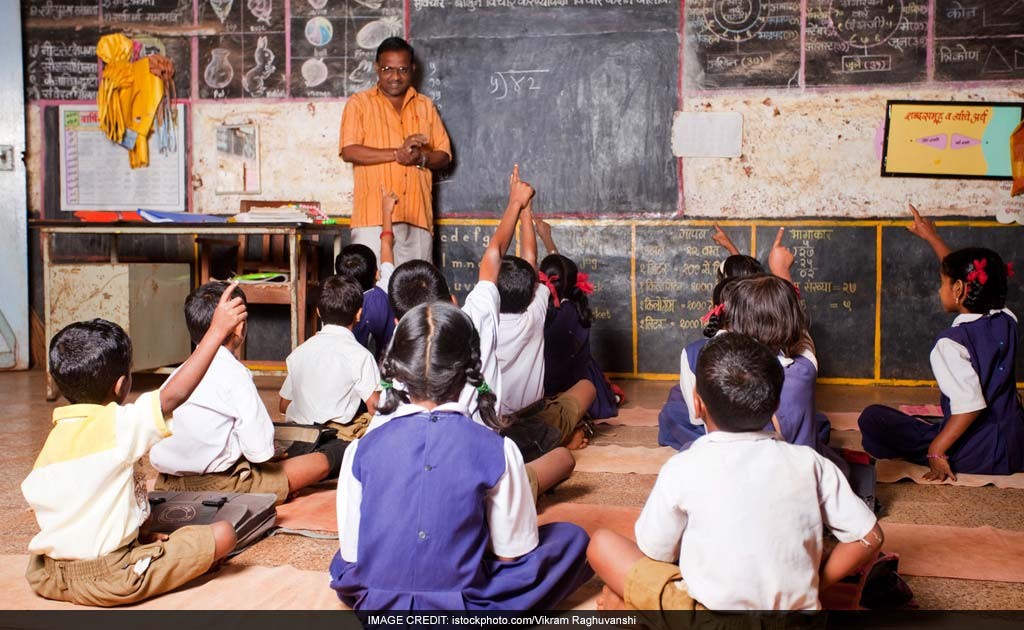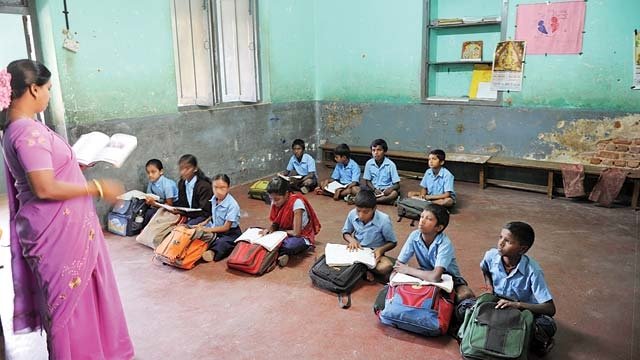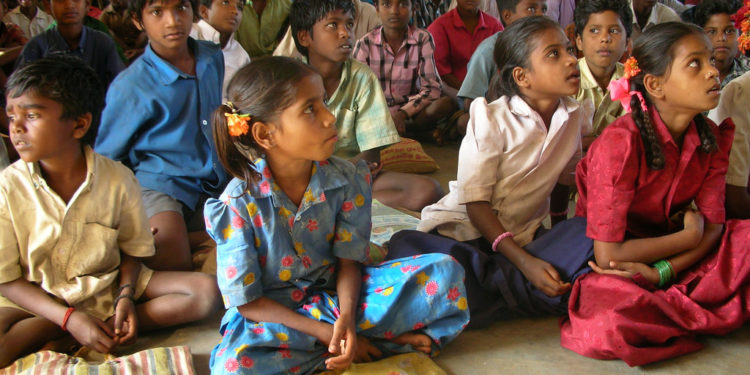Every human being has a basic need for education. It is enlightening because it transforms us into a better version of ourselves.Unfortunately, education in India has turned into a business rather than a source of information.According to the ASER (Annual Status of Education Report), 55.8% of children in government schools reading in class five are unable to read material at the class two level.

More than 70% of kids in class eight are unable to perform divisions properly. Despite the fact that various policies were established as a result of the RTE Act, India’s education budget is only three percent of GDP. There is a scarcity of academic materials, especially in government schools, due to a restricted budget. Even the most basic needs of a school, such as blackboards, books, stationery, and desks, are not met.
According to a poll conducted by NDTV, the majority of government schools in India lack basic amenities such as bathrooms and drinking water.They surveyed 780 government schools in 13 Indian states about the implementation of the Right to Education (RTE). The end outcome was a disgrace.Sixty-three percent of them did not have access to a playground. More than a third of the schools had restrooms that were either unusable or in very bad condition. If a pupil needs to use the restroom, he returns home. It was highlighted by the channel as one of the main causes for the high drop-out rate among female students. More than 80% of institutions do not admit students based on their age.
During inspections, the school administration allocates resources for a short time, but the situation remains pitiful and worrying for children for the remainder of the year. Even in terms of infrastructure, there is frequently a scarcity of sanitary restrooms, electric fans, libraries, and even potable water. According to a survey conducted by the National Institute of Educational Planning and Administration (NIEPA), 5% of schools continue to operate from kutcha locations.
Another significant problem is the student-to-teacher ratio. Some schools feature a single instructor who teaches all classes and is responsible for all subjects. Furthermore, instructors are overburdened with additional tasks like election duties, which keeps them distracted and prevents them from focusing entirely on the students’ performance.

In most government institutions, there is no set examination pattern in elementary school, and pupils are advanced to a higher class without being tested. As a result, teachers, guardians, and even the students themselves are unable to monitor their progress. This is one of the most important issues that has to be addressed and changed.
Solutions to these Problems:
- Improve the teacher-to-student ratio: An overcrowded classroom is doomed to suffer from student absence and poor teaching. To enhance the teacher-student ratio, the government should fill teacher shortages. This will improve both teaching and learning. Its recent initiative to transfer principals with good track records to schools with poor performance should be expanded.
- Timely distribution of free textbooks: Municipal and government schools distribute free textbooks to students. However, several of them fail to complete it on time, often up to six months late. Parents might not be able to afford them. As a result, students fall behind in their schoolwork. Additionally, students are provided with one free uniform outfit for the full academic year, including summer and winter. Students’ attendance and attentiveness will increase if the basics are addressed.

3.All schools should have classes from nursery to 12 grade: Government and municipal schools should have all classes from nursery to twelfth grade to guarantee that students’ assessments are consistent. Currently, there are no nursery classes at municipal schools. Students must transfer to a government school after Class 5. Only Class 6 is offered at a few government schools. A single directorate will guarantee that instructional techniques and policies are consistent.
4.Have communication channels: It is critical to establish effective communication channels between the government and businesses, as well as between teachers, parents, and students. It will make work easier. Communication is critical in addressing teacher and student issues and in informing them about government programmes.

5. Build new classrooms and repair broken furniture: Due to a lack of space, classrooms, and furniture, many government schools hold classes outside in the open. Several of them are using playgrounds to construct classrooms. Students report missing or damaged window panes, broken fans, and dirty and/or non-functional restrooms as regular sights. The government will have to address these issues so that kids and teachers can enjoy their time in school for the six to eight hours they spend there each day.
Also Read : Jamia RCA Producing Civil Servants In Bulk; More Like A Family









